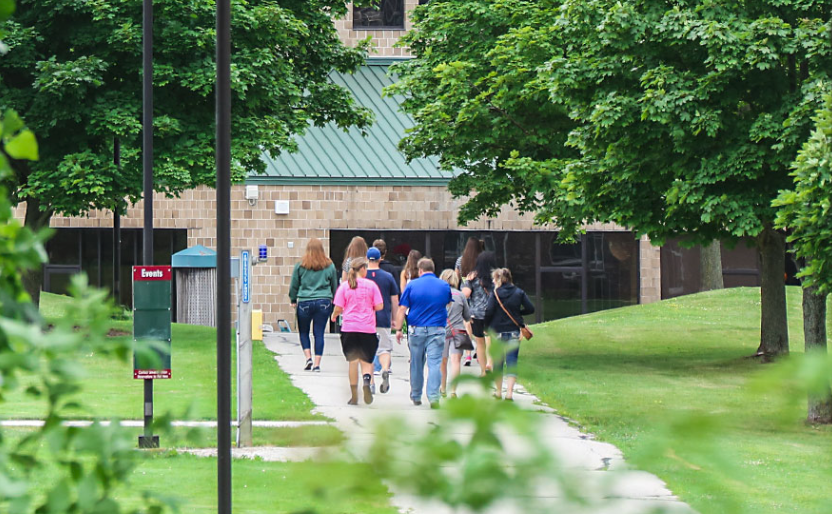
University of Wisconsin-Green Bay Reports Largest Enrollment in History
More than 8,800 students are now part of the Phoenix Family; Green Bay Campus saw 9.7% growth in one year
If you get the feeling that there are more Phoenix in the flock this year, you’re right. Unofficial enrollment figures released today show the University of Wisconsin-Green Bay has realized its largest headcount in institutional history, with 8,098 students enrolled on the Green Bay Campus for the Fall 2019 semester.
The total enrollment of the University’s four locations, including campuses in Marinette, Manitowoc and Sheboygan, is 8,873—a 3.4 percent increase from last year (9.7 percent increase on the Green Bay Campus, alone).
Provost and Vice Chancellor for Academic Affairs Michael Alexander says the news is reflective of the growing support by the region for its public university and is also great news for the region.

“We are on a mission to serve the needs of this region with distinct programs that support the economy in areas such as engineering, education, nursing and business, while we continue to invest in the cultural resources that make our 16-county footprint one that is desirable for graduates to live and work. We are immensely proud of the students who are pursuing their dreams at UW-Green Bay and excited about the talent we are developing for employers and quality of life across the region.”
In the year ahead, UW-Green Bay plans to invest in more programs to meet regional demand including environmental studies, teacher preparation, STEM education and workforce development. Alexander also said that program development and an investment in resources for the Manitowoc, Marinette and Sheboygan campuses continues and are expected to bear fruit in the years ahead. Currently there are 359 students enrolled at Sheboygan, 198 students at Marinette and 218 at Manitowoc.
Graduate enrollment has held steady year-over-year, as expected, according to Alexander. UW-Green Bay currently serves 417 (421 last year) graduate students.
“We introduced a number of programs a couple of years ago, which is why we saw great growth in the grad studies segment last year. We expect that those numbers will rise again next year with the introduction of six new programs (Cybersecurity, Laboratory Technology, Exercise and Performance Psychology, Athletic Training, Applied Biotechnology and the Executive Impact MBA) to our graduate program array.”
Alexander noted that the University’s College Credit in High School program has realized explosive growth in the last several years as well and is making college more accessible and affordable for students in the region. College Credit in High School is a dual credit program where students earn both high school and college credit for a class.
Currently, the program is serving 1,797 students at more than 60 high schools across Wisconsin.
UW-Green Bay reported a doubling in underrepresented populations, indicating the University is becoming more inclusive and reflects the population diversification taking place across Northeast Wisconsin. The 2018 Fact Book compiled by the Greater Green Bay Chamber of Commerce showed Brown County’s population to be 16.3% racially diverse.
“Our University needs to be reflective of the needs and potential of the state’s third largest city,” Alexander said. “We have an essential and expanding role in making our residents happier, healthier, and better prepared for the future. We’re committed to making that happen across the region.”
For more information, visit www.uwgb.edu.

